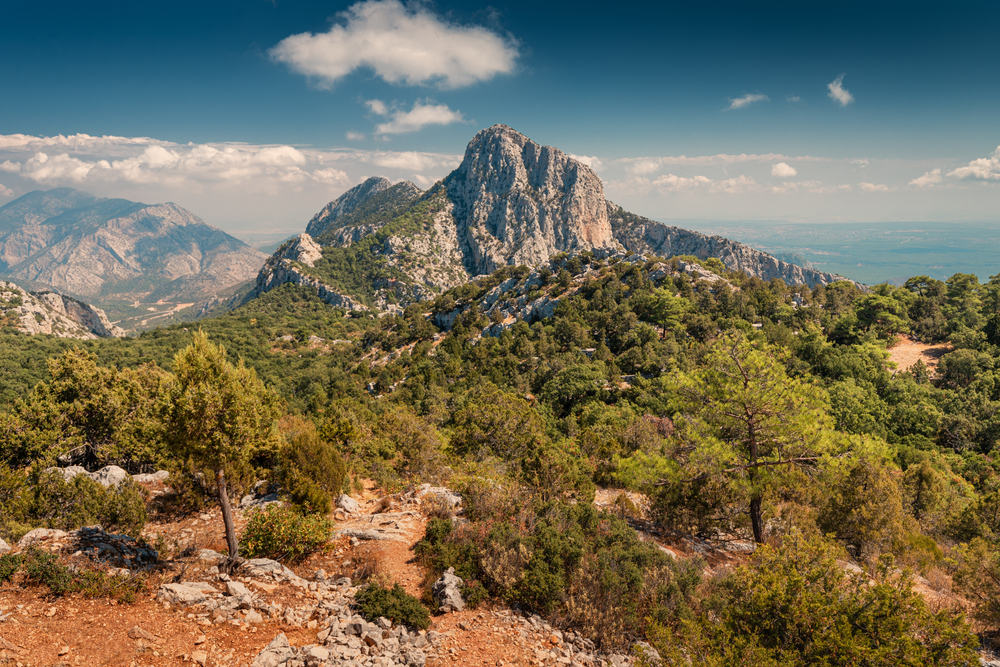Mount Güllük–Termessos Overview
Mount Güllük–Termessos National Park, known in Turkish as Güllük Dağı–Termessos Milli Parkı, is located in the Antalya Province of southern Turkey.
Covering roughly 51.5 square miles (133.5 square kilometers), the park is nestled within the western Taurus Mountains and centers around Mount Güllük, which rises to a height of 5,259 feet (1,603 meters). The park’s steep, rocky terrain includes dramatic cliffs, narrow gorges, and deep valleys, offering a wild and rugged landscape shaped by geological forces over millennia.
The higher elevations are dominated by pine and cedar forests, while lower slopes feature Mediterranean maquis vegetation, including evergreen shrubs, wild olives, and junipers. Scattered among the natural features are impressive karst formations, caves, and seasonal streams that add to the park’s scenic variety.
Wildlife thrives within this diverse landscape, supported by the park’s relative isolation and minimal human disturbance. Key mammals include the mountain goat, wild boar, red fox, and European badger.
The park is also a haven for birdlife, hosting species such as the golden eagle, peregrine falcon, and Eurasian eagle-owl, all of which can be seen soaring above the mountainous cliffs. Smaller songbirds and woodpeckers frequent the forested areas, while reptiles like tortoises and various lizards find refuge among the rocks and underbrush. The presence of both Mediterranean and alpine habitats creates an exceptional range of biodiversity within a relatively compact area.
A central feature of the park is the ancient city of Termessos, one of the best-preserved archaeological sites in Turkey. Perched on a natural platform high in the mountains, Termessos offers visitors the chance to explore ruins such as a grand theater, temples, rock-cut tombs, and defensive walls, all set against sweeping mountain views.
This unique blend of natural and historical significance makes Mount Güllük–Termessos National Park a rare and rewarding destination. The climb to the city requires a moderate hike, but the path is lined with forest and wildflowers, making the journey itself a highlight.
Visitors to the park primarily engage through hiking and historical exploration. A well-marked trail system leads through both natural and archaeological sites, appealing to those interested in both ecology and ancient history. The rugged terrain also provides opportunities for nature photography, birdwatching, and wildlife observation.
Due to the park’s location near Antalya, it is accessible for day trips, although its relatively quiet and undeveloped nature offers a peaceful contrast to the nearby coastal bustle.
Conservation within Mount Güllük–Termessos National Park focuses on protecting its dual heritage—natural ecosystems and archaeological ruins. Challenges include the threat of forest fires, unregulated tourism, and illegal plant collection, especially of endemic and medicinal species.
However, its designation as a national park has contributed to the preservation of both its environmental and cultural assets. Management strategies prioritize controlled visitor access, habitat restoration, and education to promote responsible tourism. The park continues to benefit from low-impact visitation and support from academic and conservation communities focused on sustaining this extraordinary mountain environment.
Park Map
Mount Güllük–Termessos National Park Highlights
Share your clicks with us
Related National Parks More Turkey
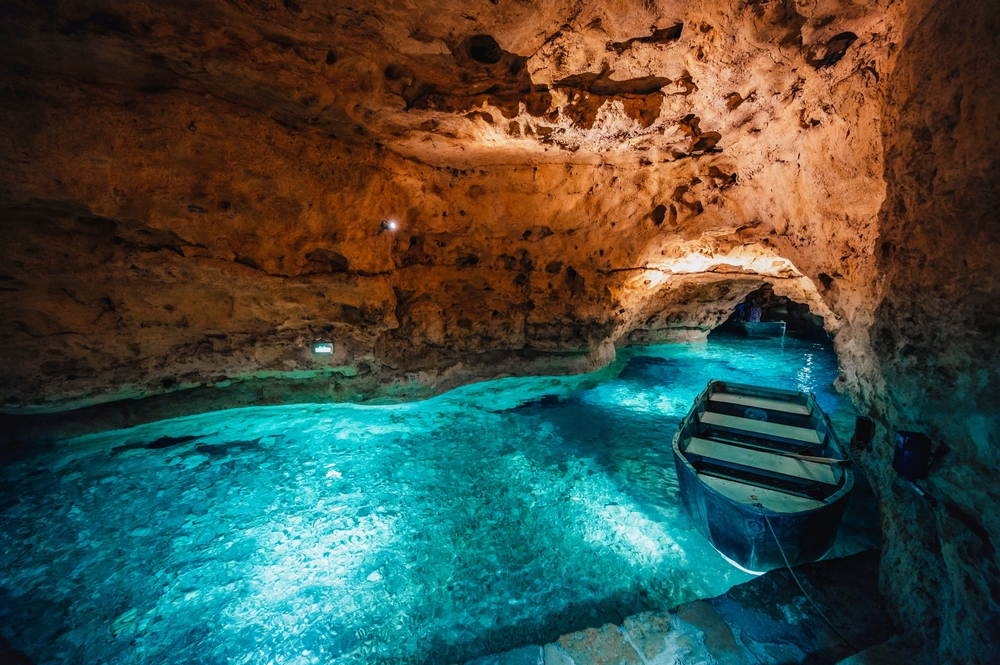
Derebucak Çamlık Caves National Park

Karagöl–Sahara National Park
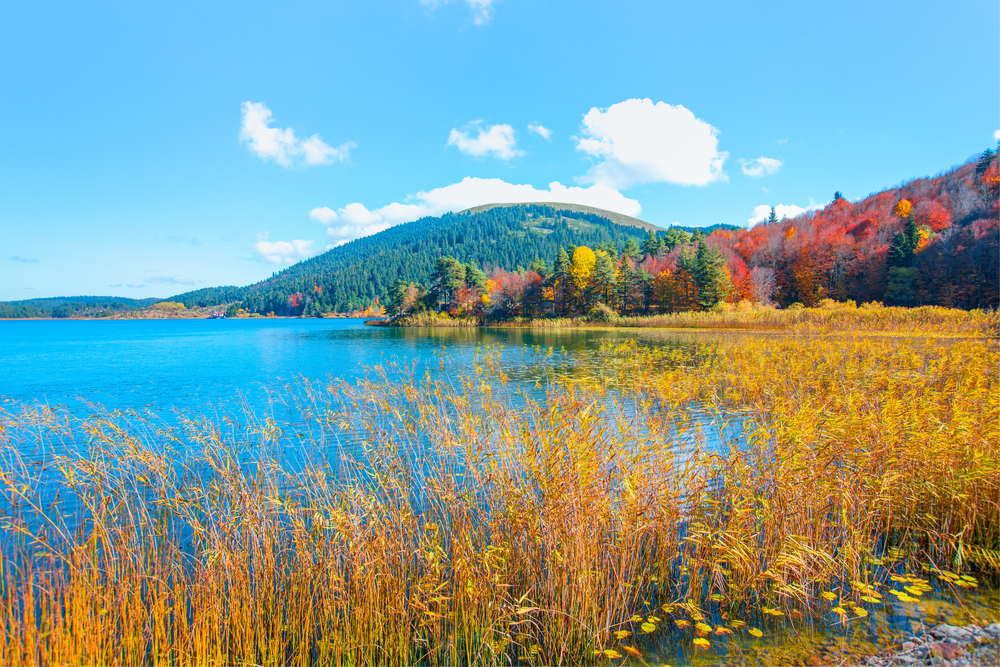
Lake Abant National Park

Küre Mountains National Park

Lake Kovada National Park
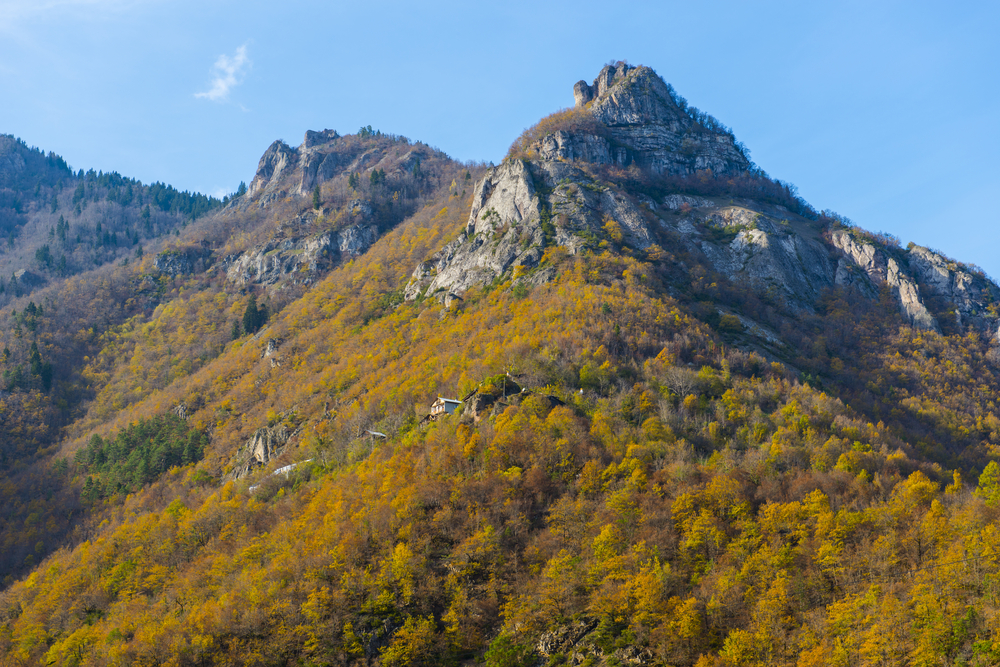
Hatila Valley National Park
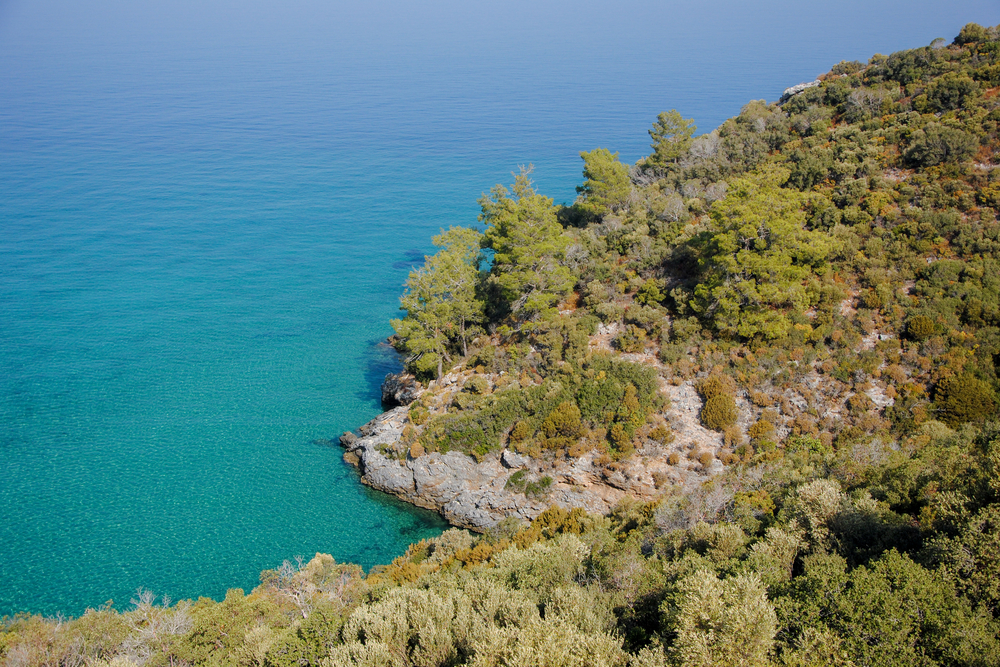
Dilek Peninsula–Büyük Menderes Delta National Park
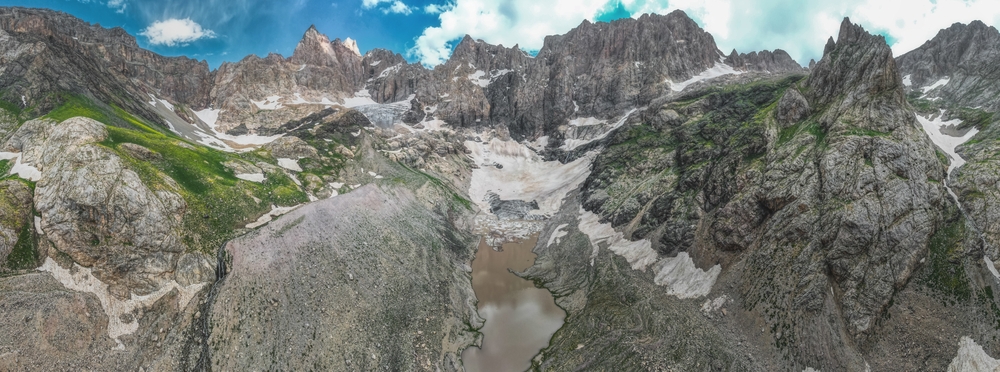
Hakkâri Cilo-Sat Mountains National Park

Kuşcenneti National Park









































































